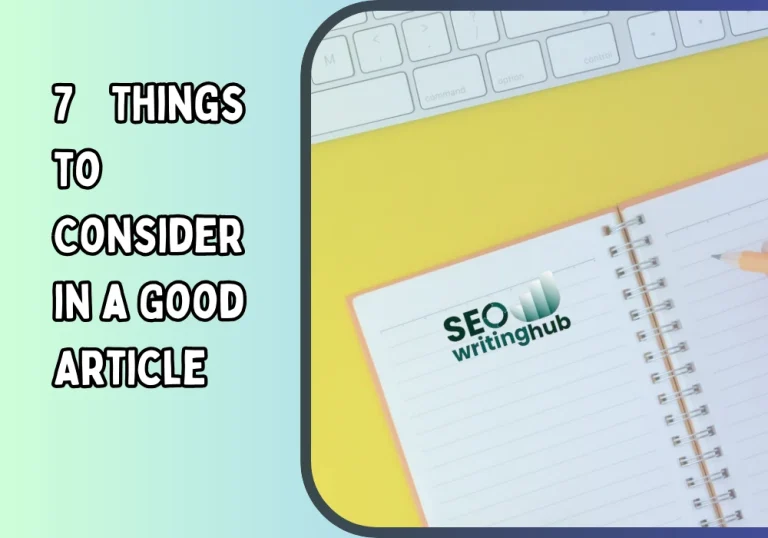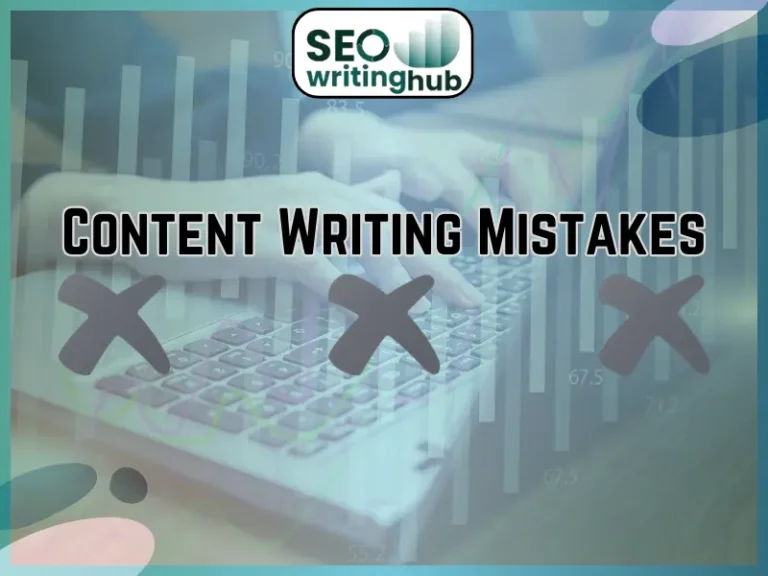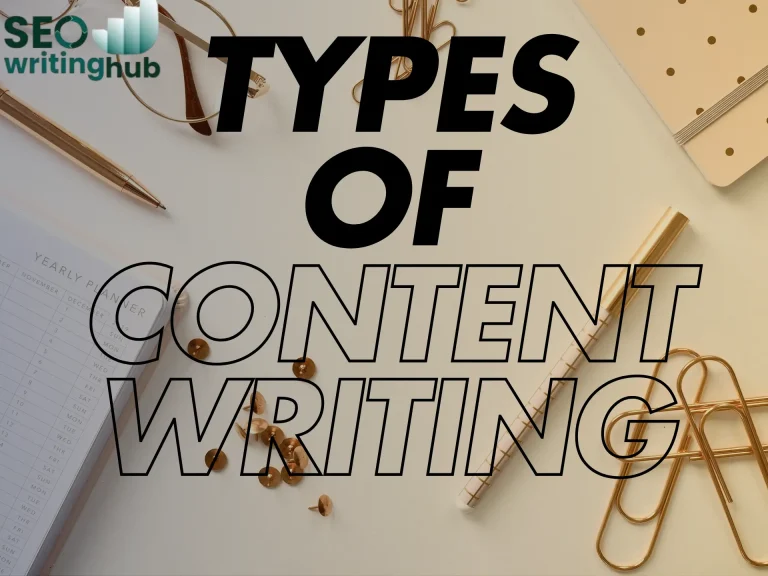How to Structure a Blog Post for SEO in 2025?
Wondering how to structure a blog post for SEO? This article will show you how.
Simply publishing a blog post isn’t enough now. Because the digital landscape is rapidly moving. Now, mastering a blog post structure has become a fundamental key for better performance, search results, and user engagement. As a writer, if you want your content to appear at the top of search engines, you need to create it in a way that not only resonates with readers but also aligns with how search engines rank and evaluate web pages.
So, our main target is to prepare a blog layout for SEO success. Hence, today, we’ll learn how to write a blog post that ranks and all the strategies of crafting well-structured content. And by the end, you’ll have a practical roadmap to create SEO-friendly blog posts. These blog posts will not only climb search rankings but also resonate with your audience in 2025 and beyond.
So, let’s get started. But before moving ahead, it’s better to know its importance.
Why Blog Posts’ Structure Matters?
Let me explain this with an example!
Suppose!
You visit a library. In this library, you find books stacked in random piles with no labels.
Frustrating, right?
That’s how the search engines and readers feel when your blog lacks structure.
Here are three important things that a well-structured blog post does.
1. It enhances engagement:
A logical flow in a post that is structured well keeps readers hooked, reducing bounce rate.
2. Improves the readability:
The biggest benefit of applying these techniques is that the readers can easily skim, scan, and dive deep into the content.
3. Boosts SEO rankings:
A post that is properly structured strengthens search visibility. Search engines use structure to understand your content’s hierarchy and relevance.
So, it’s best to think of blog structure as your road map. Without it, you risk losing both readers and rankings.
Let’s begin our journey of mastering blog post structure step by step.
How to Structure a Blog Post for SEO?
Below is the SEO content structure guide that includes SEO blog writing best practices.

Step 1. Create an SEO-optimized headline.
You must know that the headline of your post is the first impression not only for the readers but also for the search engines. Therefore, it’s important to make it engaging and attention-grabbing. A perfect headline should follow these guidelines.
- It should spark curiosity and provide a solution.
- The primary keyword should be used naturally.
- The headline should be specific, clear, and benefit-driven.
Example of headline:
You have two headlines. The first one is “SEO Tips for Bloggers,” and the second is “Mastering Blog Post Structure: The Ultimate SEO-Friendly Guide.”
What do you think, which one is stronger?
Obviously, the second one. You can notice how the second headline includes the keyword “SEO-Friendly” while promising an actionable guide.
Step 2. Ensure a clear header hierarchy (H1, H2, H3, etc.).
The second step is to create an easy-to-follow heading framework. Headers are not merely formatting tools. They, in fact, tell both the readers and search engines what your content is about.
- H1: It’s your main title. Use it only once.
- H2s: These are the main sections of your content.
- H3s: These are the subpoints under each H2.
- H4s and below: Rarely required. But useful for lists or technical details.
Example of header flow:
This hierarchy creates a logical outline that is easy to follow. See it below.
H1: How to Structure a Blog Post for SEO in 2025?
H2: Importance of Blog Post Structure.
H2: Step 1: Craft an SEO-optimized headline
H3: Why headline matter for SEO?
H3: Example of strong and weak headlines
I hope you got my point. This is just to let you understand because I know “Why headline matter for SEO” etc. are not part of my blog post.
Step 3: Add Keywords Naturally.
The third step to structure your blog post is to integrate the keywords naturally. Keyword stuffing is outdated and does not work. In fact, it can harm the visibility and performance of a site and page. So, avoid keyword stuffing and focus on strategic keyword integration. Let’s understand the concept.
- Primary Keyword:
You should use it in the title, introduction, at least one in H2, and naturally throughout.
- Secondary Keyword:
These are the search terms closely related to your primary keyword. And they assist search engines in understanding the broader context of your post. Avoid stuffing and sprinkle them naturally.
- Long Tail Keywords:
Long tail keywords are phrases that match user intent. For instance, “How to write an SEO-friendly blog post for beginners”
Example of integrating keywords.
Suppose the keyword is “SEO blog post.” Instead of using this specific keyword twenty times, you can use the variations like
- SEO-friendly content
- Optimized articles
- Blog structure for rankings
You can read more about keyword research in our article, “Keyword Research: The Pathway to SEO Success.”
Step 4: Nail the introduction.
This is also one of the most important steps to optimize the articles. The introduction part of your content determines whether the reader stays or bounces. Hence, it’s essential to create a perfect first impression. So, get the introduction exactly right. Here are some suggestions to make this part appealing.
- Hook attention. You can do it by asking a question, telling a short story, or sharing a stat.
- Mention the problem your audience faces.
- Promise the solution. For instance, what your post will deliver to them.
Example of Introduction.
You can see the intro part of this article for the example.
I opened with a relatable point: “Wondering how to structure a blog post for SEO?” Then promised a solution, “This article will show you how.”
Step 5: Structure the blog post for engagement and flow.
Structuring the content for flow and engagement is also vital. Think of your content as a conversation with the reader. And to make your readers engaged, avoid content writing mistakes and follow the things below.
- Avoid “walls of text. And break the content into sections.
- Add numbered lists and bullet points.
- Sentences and paragraphs should be short.
- Incorporate case studies and examples.
- Incorporating visuals is also helpful.
Example:
You can clearly notice how this piece of content has bullet points, headers, and short paragraphs.
Step 6: Write a persuasive meta description.
For better SEO, it’s a good thing to craft a compelling meta description. No doubt, it does not directly affect the rankings; however, it drives click-through rates. An ideal meta description should:
- Offer a clear solution or benefit.
- Incorporate the target keyword.
- Be 150-160 characters.
Example of Meta Description
Here is an example of the meta description for this article.
“Discover how to structure blog posts for SEO. From headlines to linking strategies, it’ll assist you in engaging readers and boosting rankings.”
Step 7: Add Internal and External Links.
Using internal and external links to your page is very beneficial. These are just like veins of your blog content. Moreover, these links help Google crawl your site and keep readers engaged.
Let’s first get an overview of internal and external links.
Internal links are those that connect your own relevant posts or pages. For instance, you’re writing an article on some tips about keyword research. And adding an internal link means you link to that article with some of your own site’s previous blog posts on “Keyword Research for Beginners.”
External links are those that reference credible sources to build authority. In simple words, these links take you to other websites. For example, I link this post to Google’s official SEO Starter Guide. And this is an external link. I hope you got my point.
One more thing, make sure to use descriptive anchor text. For instance, instead of using “click here,” the best practice is to use “ SEO Starter Guide.”
Step 8: End on a high note and add a strong CTA.
Finish strong. Deliver a memorable closing and wrap it up with an impact. In a nutshell, don’t let your blog fizzle out. And end with:
- Encouragement to act. For example, comment, share, explore more posts, or subscribe.
- Summary of key takeaways.
Example of strong conclusion:
Below is a quick example of a blog post
“By following these blog post structure strategies, you’ll not only improve SEO but also keep readers engaged. Now, it’s your turn. Try these tips in your next post and watch your rankings climb.”
Technical SEO for Blog Posts
Now, it’s time to move towards technical aspects. Beyond writing, here are some technical tweaks that can boost performance.
- Make sure you optimize the images of your blog posts with alt text and compression.
- Google loves speed. So, enable fast loading speeds.
- Use short and keyword-rich URLs.
- Another important thing is to add schema markup for richest snippets. (How-to, FAQ’s, Reviews).
- And make posts mobile-friendly because responsive design is a must.
Comparing the Poorly-structured post with the Well-structured Posts
Let’s compare.
Poorly Structured Posts
- No headers or subsections
- Long and unbroken paragraphs
- No internal links
- Keyword stuffing
- Ends abruptly
Well-Structured Posts
- Clear headline with keywords
- Engaging introduction that hooks readers
- Keywords sprinkled naturally
- Proper H2 and H3 guiding the flow
- Links to related articles and sources
- Strong conclusion with CTA
Conclusion:
To conclude, I would just say writing a blog post is easy. But writing an SEO-friendly, well-structured blog post is an art and science combined. And by focusing on proper header hierarchy, optimized headlines, strategic keyword use, content flow, strong meta description, and smart linking strategies, you’ll create a blog post that not only ranks but also resonates with the readers. One more thing to keep in mind:
SEO gets people to your blog. Quality and structure keep them there.
So, the next time you sit down to write, treat your posts like both a guide for search engines and a conversation with your readers. Do this constantly. You’ll soon observe your content start turning:
- Clicks into loyal followers
- And loyal followers into loyal customers.
Let’s share the knowledge
everyone deserves it!







